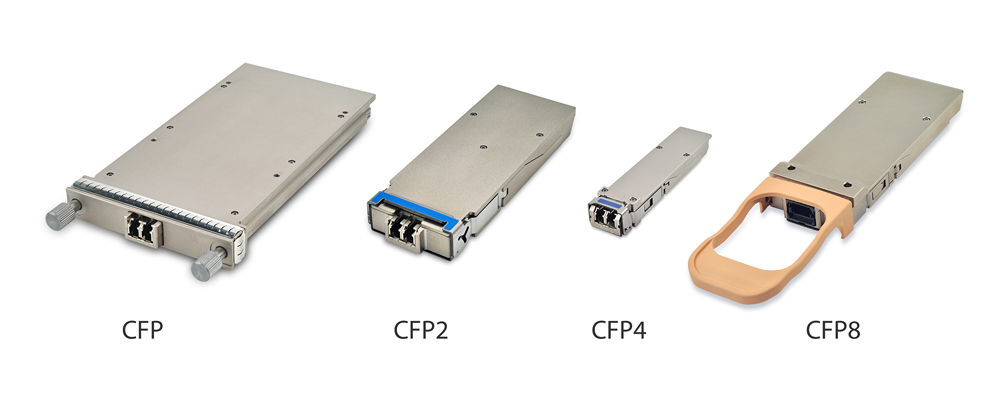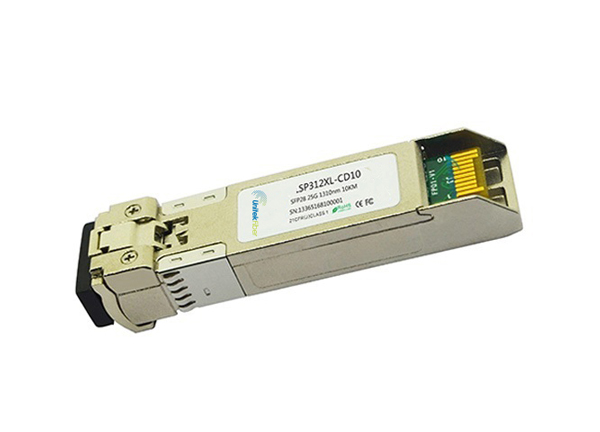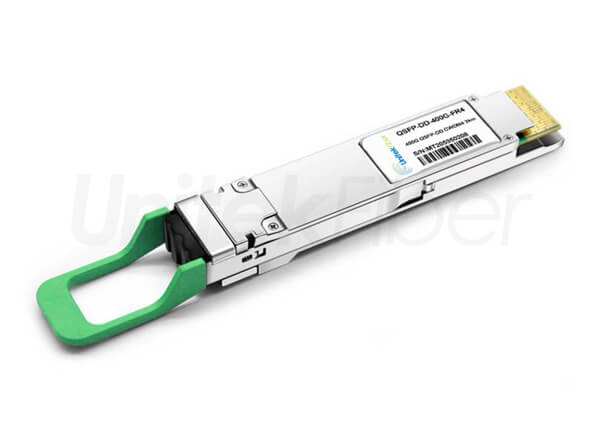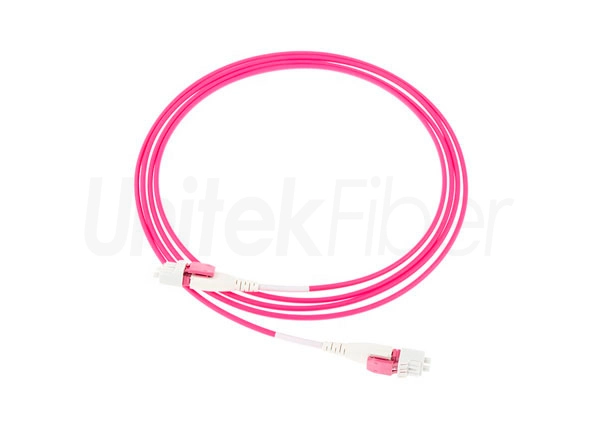
CFP MSA is the first industry standard to support 40 and 100Gbe Ethernet optical terminals. CFP multi-source protocol is to define a packaging specification of hot swappable optical module to promote 40 and 100Gbit/s applications, including the next generation high-speed Ethernet applications (40 and 100GbE). 100G CFP series fiber optic transceiver module, its package types are CFP, CFP2 and CFP4.

The size of CFP fiber optic transceiver module is the largest. CFP2 fiber optic transceiver module is half of CFP, and CFP4 fiber optic transceiver module is a quarter of CFP. It should be reminded that CFP/CFP2/CFP4 fiber optic transceiver module cannot be used interchangeably, but they can be used simultaneously in the same system.
CFP fiber optic transceiver module supports transmission on single-mode and multi-mode optical fibers with multiple rates, protocols and link lengths, including all physical media related (PMD) interfaces included in the IEEE802.3ba standard.
The CFP fiber optic transceiver module is designed on the basis of a small pluggable fiber optic transceiver module interface. It has a larger size and supports 100 Gbps data transmission. The CFP fiber optic transceiver module can support a single 100G signal, OTU4, one or more 40G signals, OTU3 or STM-256/OC-768.
100G CFP2 is commonly used as a 100G Ethernet interconnection link. Its transmission efficiency is higher than that of CFP fiber optic transceiver module. Its smaller size also makes it suitable for higher density cabling.
The 100G CFP4 fiber optic transceiver module has the same speed as the CFP/CFP2 fiber optic transceiver module, and the transmission efficiency is greatly improved, but the power consumption is reduced and the cost is lower than CFP2 fiber optic transceiver module. Therefore, the CFP4 fiber optic transceiver module has irreplaceable advantages.



